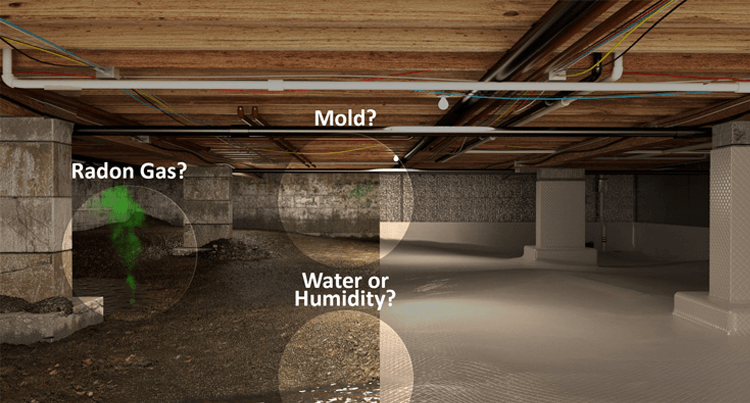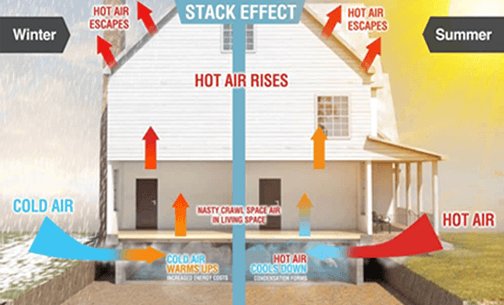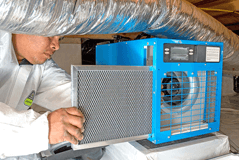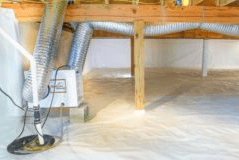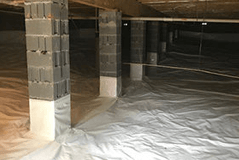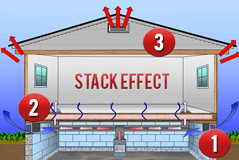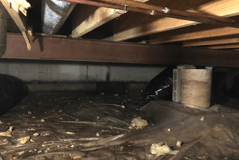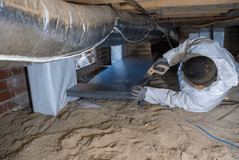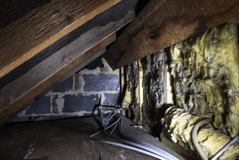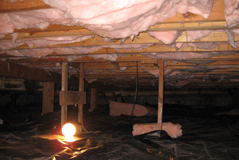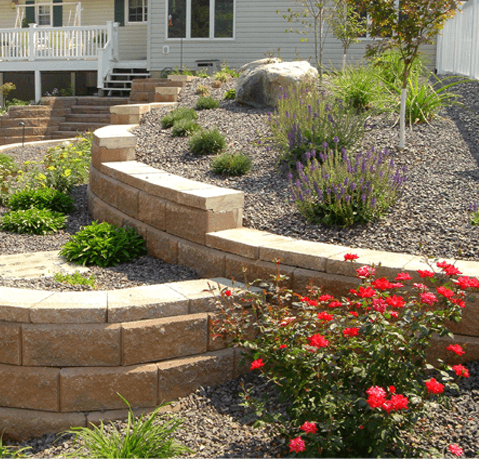
Integrative Pest Management
The Benefits of Proper Landscaping
Many crawl space issues can be tackled from the outside of the house. For instance maintaining gutters and downspouts can reduce water gathering around the foundation of your home. We recommend installing a downspout pipe to extend a minimum of 10 feet from the foundation of your home.
Water will always find the path of least resistance. It will flow along the side of you foundation causing erosion and damage to your foundation. In some cases additional topsoil will need to be placed along the foundation to correct these problems.
Learn more at kieferlandscaping.com

